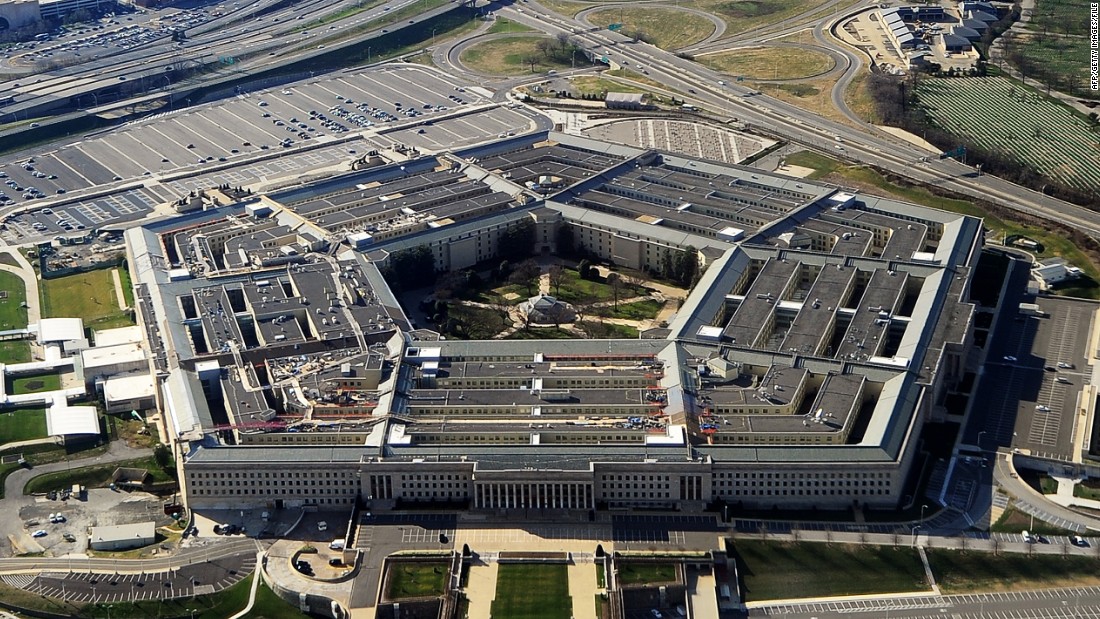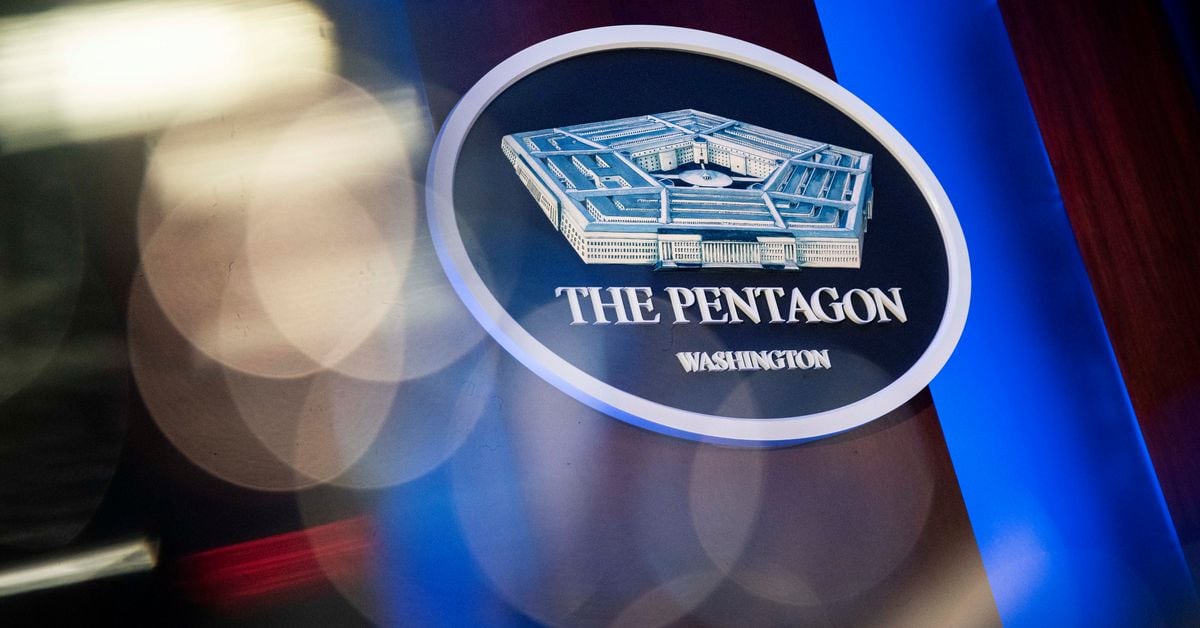@Akh1112 have a look on this one plz
unfortunately, exo atmospheric stuff is not my area
@JamD could you shed some light perhaps?
Trying to bait me into an argument I see :p
Well, not sure what I am supposed to comment based on a few blurry pictures. I wonder:
1. What's the range of this missile - this will determine what speed it hits the ground with, and thus its capability to maneuver.
2. At what plane are we looking at? Are we looking square at the reentry trajectory or at a very small angle so any movement (possibly due to just atmospheric drag) becomes exaggerated.
With those questions in mind:
1. Basic maneuvers can be executed through careful control of just the spin of the warhead. There are many other methods - too many to list.
2. The advantage really comes from how much you can maneuver while going as fast as possible. For example you can maneuver all you want, but if you're going at 100 m/s you're probably toast. Conversely, you could maneuver very little, but if you're going at Mach 10 you'll probably survive. So you need the maximum amount of maneuvering at the maximum possible speed. This is an exercise is in advanced aerothermodynanics, flight control of highly uncertain systems, and material science.
So the point is this is a very complicated subject and a video doesn't tell you much, unless you have trajectory data. "maneuvering warhead" is unfortunately a vague description.
Before Irani members get offended thinking I am trying to downplay Irani ballistic missile capability, I am not. All of what I said stands equally valid for Pakistani (and really all) ballistic missiles. I am just saying a couple of pictures or some video doesn't tell you anything of value.










